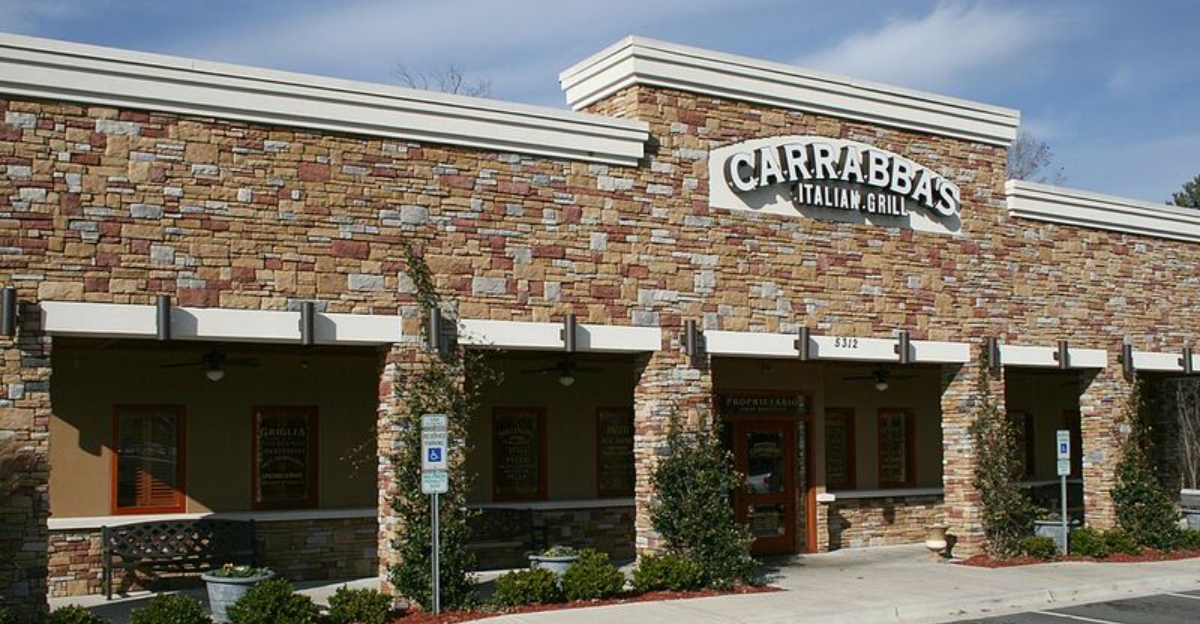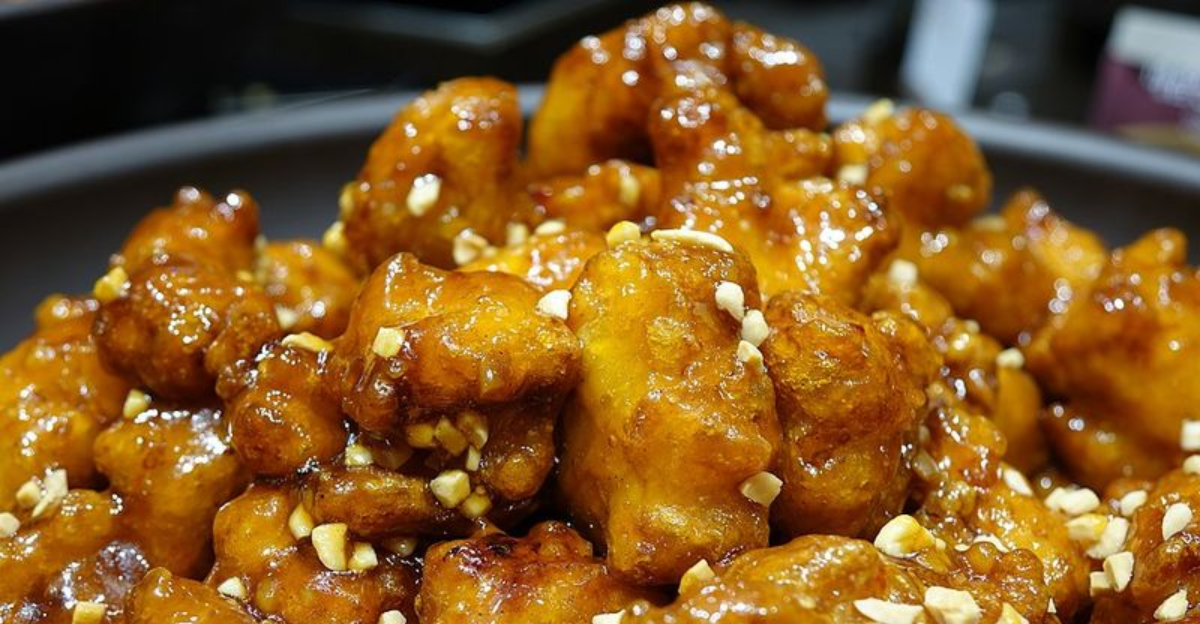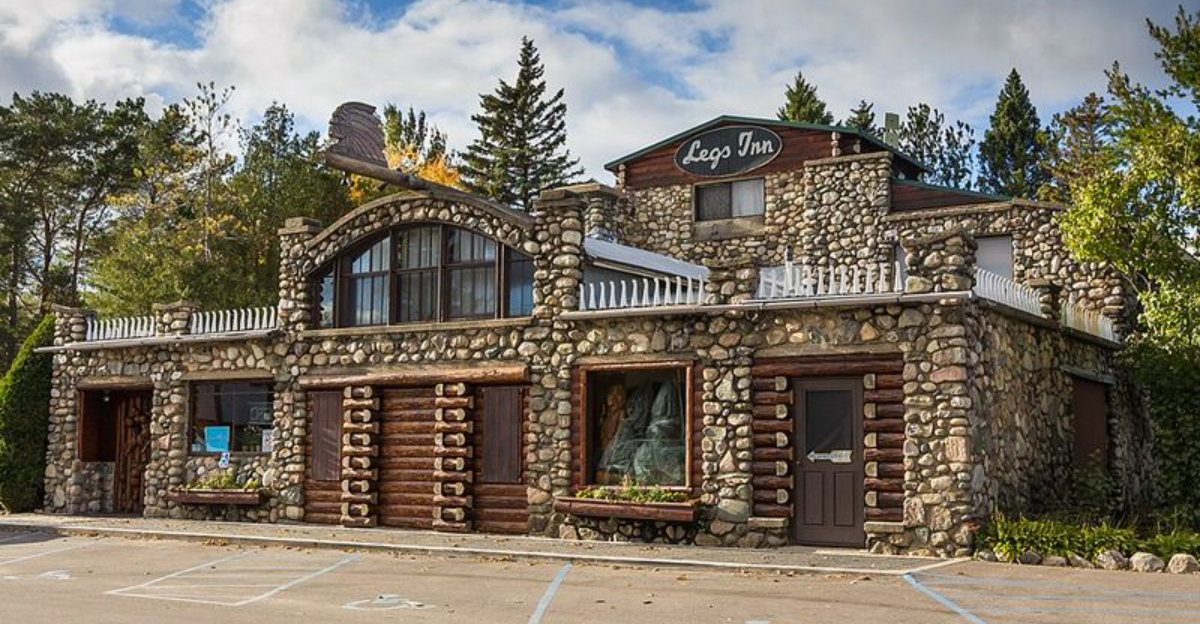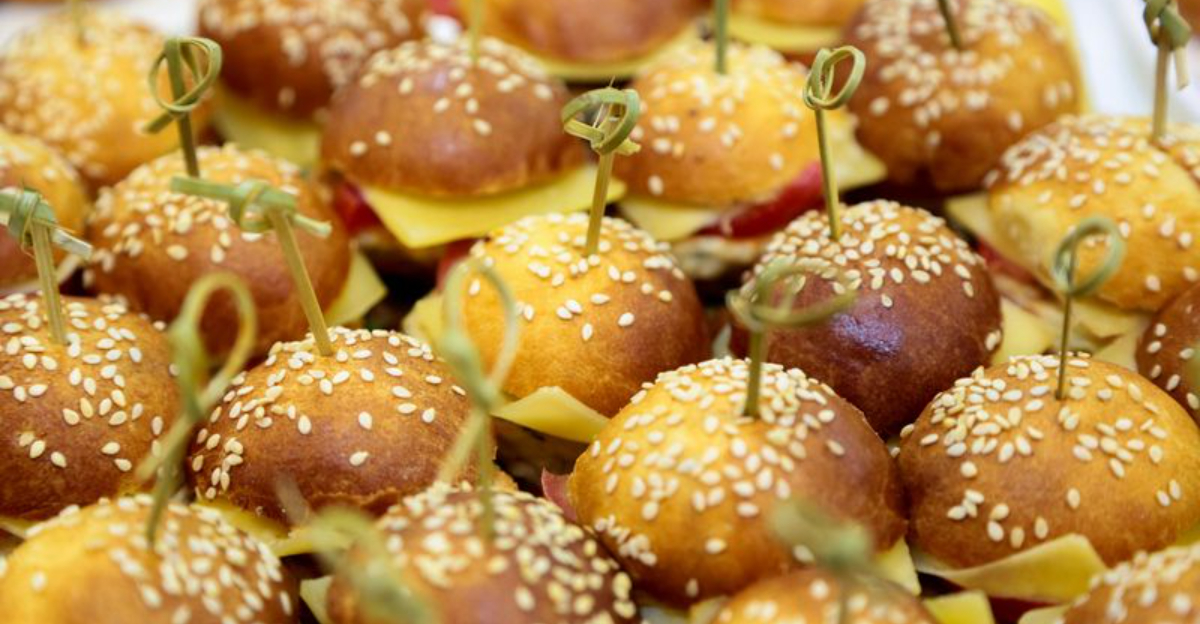10 Once-Crowded Dining Spots Now Fading Into History
Remember those bustling restaurants where you celebrated birthdays, grabbed late-night snacks, or enjoyed family dinners?
Many iconic dining spots that once packed in crowds are now quietly disappearing from our neighborhoods.
These beloved eateries shaped American food culture for decades, but changing tastes and tough competition have left them struggling to survive in today’s fast-paced world.
1. 21 Club
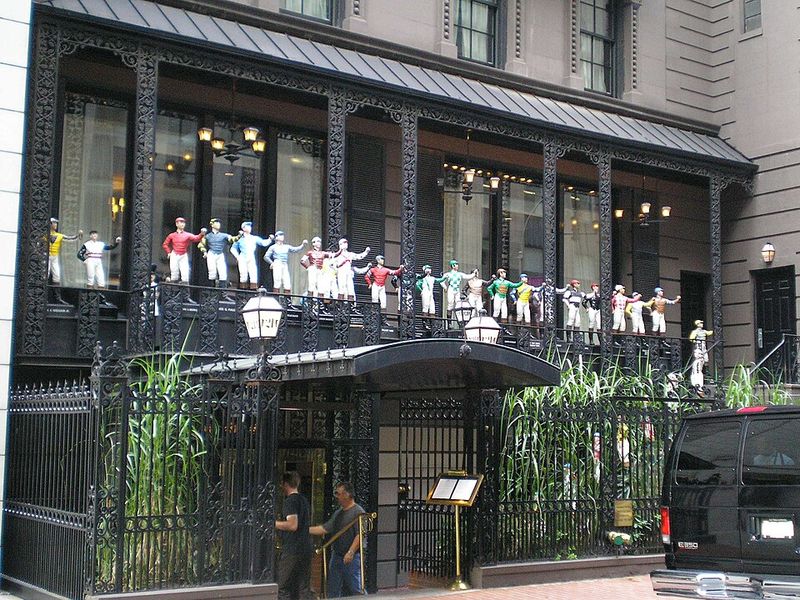
Manhattan’s legendary speakeasy-turned-steakhouse once hosted presidents, celebrities, and power brokers beneath its famous toy collection ceiling.
The 21 Club defined New York fine dining for nearly a century.
But sky-high rent and shifting dining preferences forced this iconic spot to close its doors in 2020.
What was once the ultimate power lunch destination now sits silent, a relic of old-school glamour that younger diners never got to experience firsthand.
2. The Original Pantry Cafe
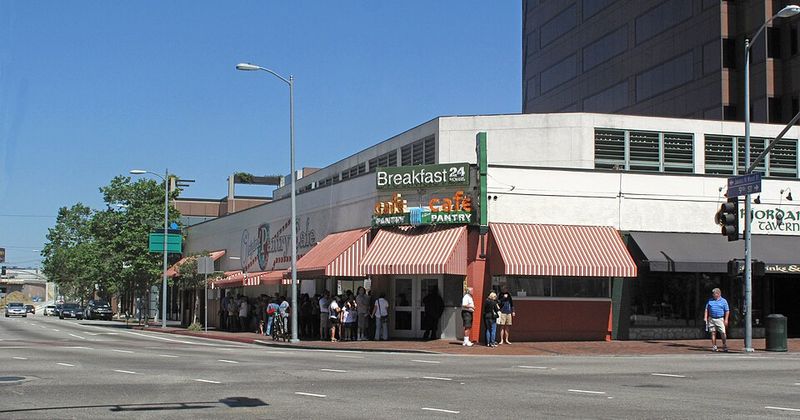
Since 1924, this downtown LA institution never locked its doors – literally operating 24/7 without a single closure. Politicians, night owls, and hungry workers crowded in for hearty breakfasts at any hour.
The Pantry still operates but barely resembles its glory days when lines stretched around the block.
Downtown’s transformation and pandemic impacts have drastically reduced the once-constant stream of patrons seeking comfort food around the clock.
3. Cheeseburger in Paradise
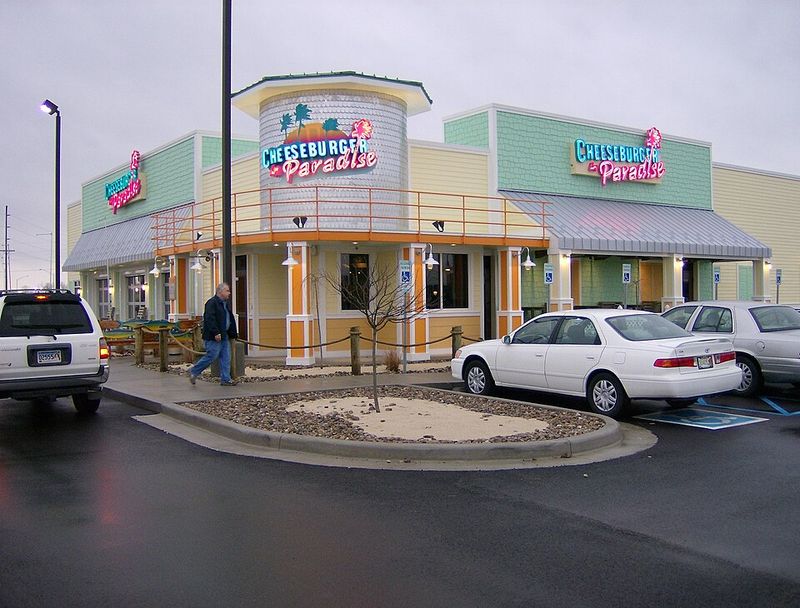
Jimmy Buffett’s tropical-themed burger chain promised island vibes and Margaritaville escapism in landlocked America.
At its peak, the chain operated dozens of locations serving beach-inspired comfort food.
Most locations have vanished completely, unable to compete with fast-casual burger joints offering better quality at lower prices.
The novelty of themed dining wore off, and even Buffett’s devoted Parrothead fanbase couldn’t keep these restaurants afloat.
4. Clifton’s Cafeteria
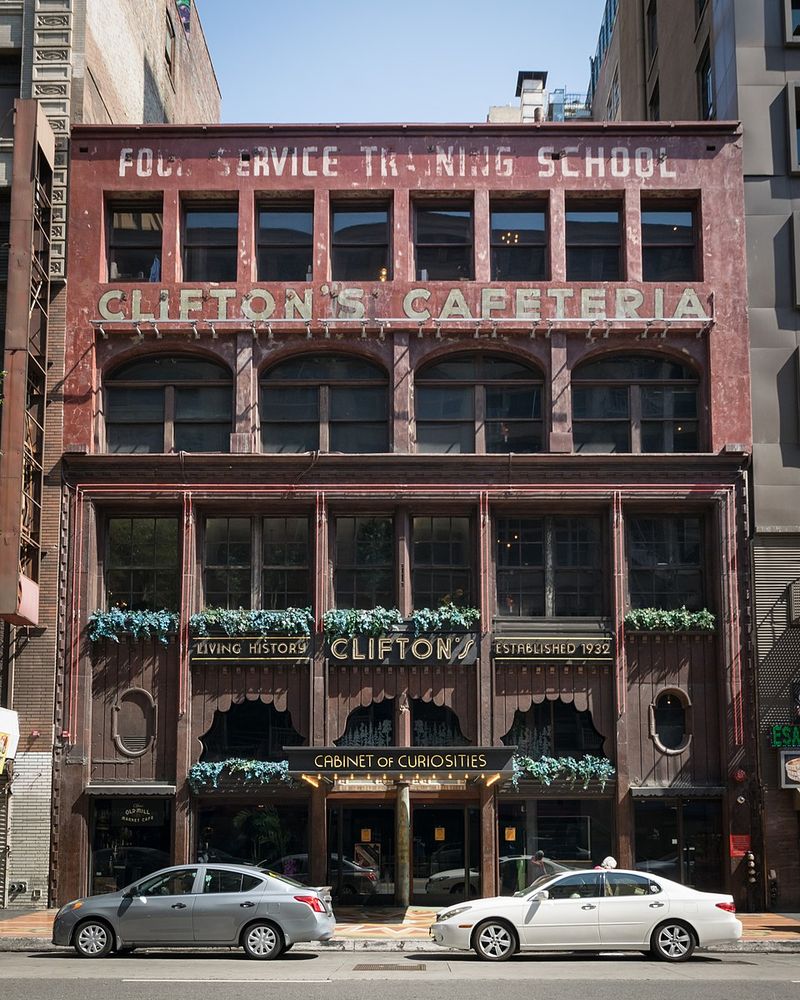
Walking into Clifton’s felt like entering a fairytale forest complete with fake redwoods, waterfalls, and taxidermy.
This Depression-era cafeteria fed thousands daily with its pay-what-you-can policy and theatrical atmosphere.
After a brief revival attempt, Clifton’s closed again in 2018.
The quirky charm that once made it a LA landmark couldn’t overcome modern economics and changing tastes that favor Instagram-worthy spots over nostalgic oddities.
5. Ruby Tuesday
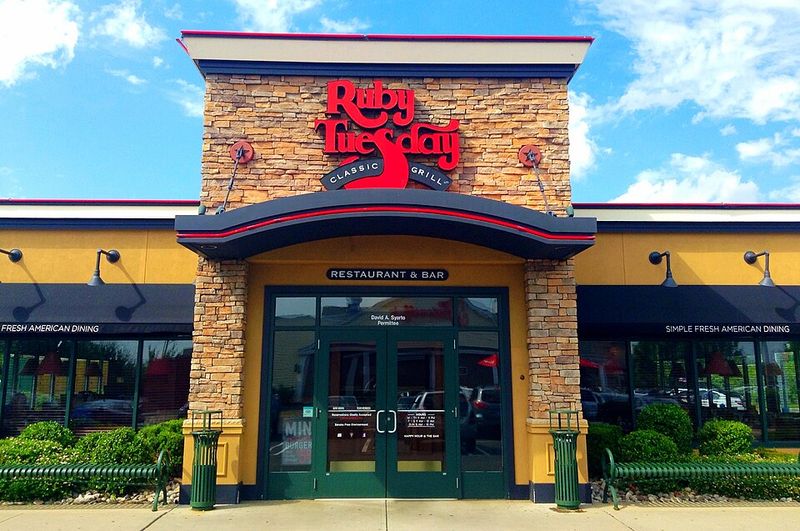
That legendary salad bar was the stuff of childhood memories – pile your plate high with croutons, bacon bits, and ranch dressing before your burger even arrived.
Millennials and Gen Z prefer fast-casual concepts over sit-down chains, leaving Ruby Tuesday scrambling to reinvent itself while hemorrhaging customers yearly.
6. TGI Fridays
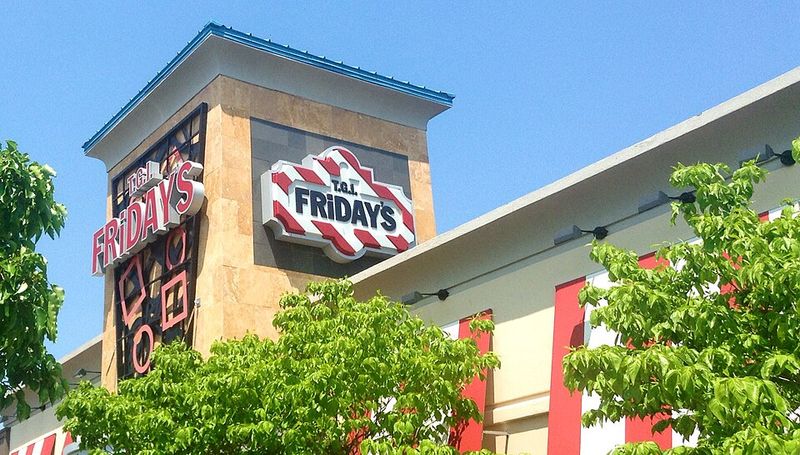
Fridays practically invented the singles bar scene and casual dining as we know it, with flair bartenders and walls plastered with random vintage junk.
The brand has closed dozens of underperforming locations recently.
What once felt fun and energetic now seems tired and overpriced compared to hipper options, and the pandemic accelerated its decline significantly.
7. Denny’s
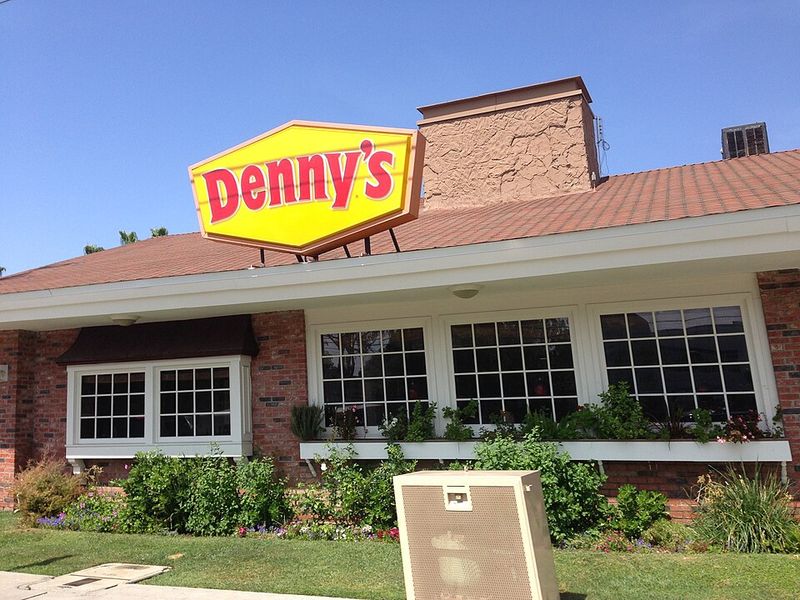
The Grand Slam breakfast became an American institution, fueling road trips, late-night study sessions, and post-party munchies for generations. Denny’s was everywhere, always open, always serving pancakes.
Though still operating, many locations have shuttered permanently.
The 24-hour diner model struggles with labor costs and safety concerns, while younger diners opt for trendy brunch spots over fluorescent-lit booths and laminated menus.
8. Red Lobster
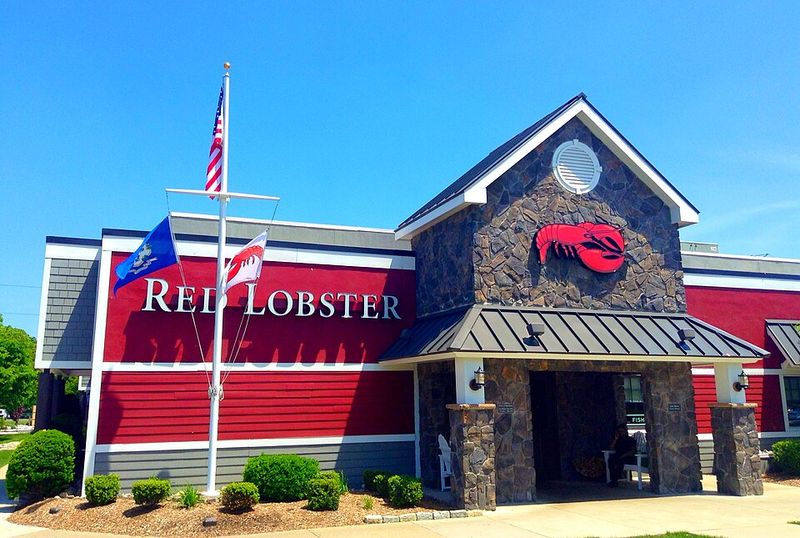
Those Cheddar Bay Biscuits were reason enough to visit, but Red Lobster made seafood accessible to landlocked Americans everywhere. Endless shrimp promotions became annual traditions for bargain-hunting families.
Financial troubles and changing consumer habits have forced numerous closures nationwide.
The chain filed for bankruptcy in 2024, unable to balance food costs with customer expectations, proving even beloved biscuits can’t save a struggling business model.
9. Outback Steakhouse
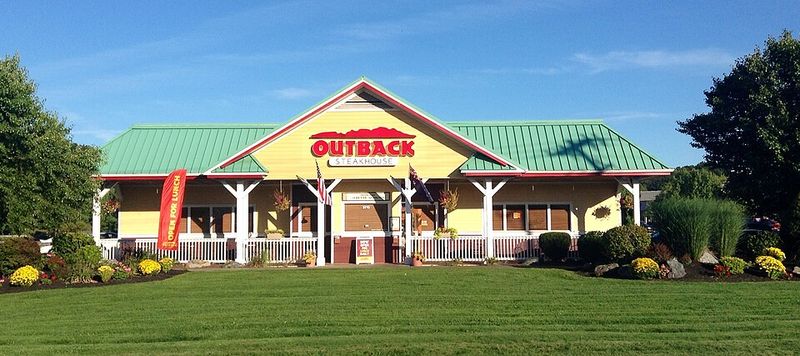
Bloomin’ Onions and fake Australian accents defined the 90s dining experience at Outback. The chain convinced Americans that kangaroo-themed décor was the perfect backdrop for eating steak.
Younger diners question the environmental impact of beef-heavy menus, and competition from upscale burger joints offers similar satisfaction without the sit-down commitment or inflated prices.
10. Henry’s Hamburgers
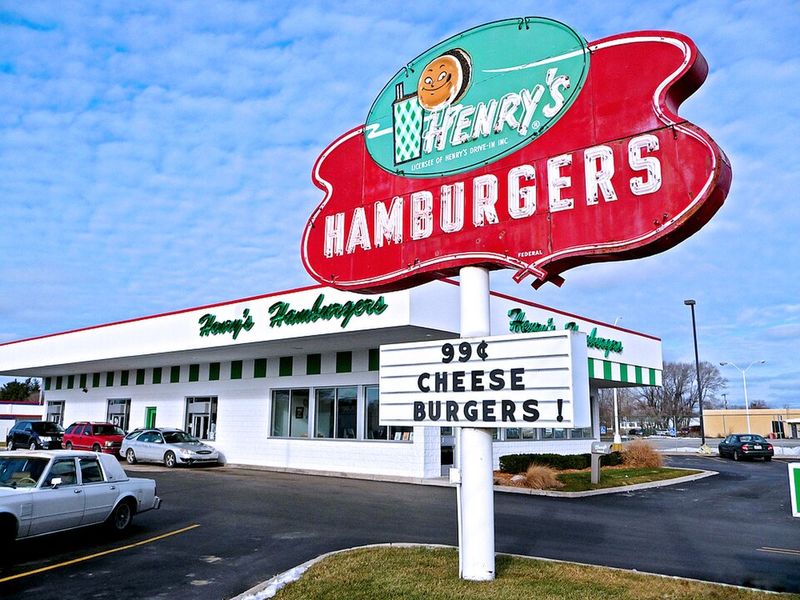
Before McDonald’s dominated, Henry’s Hamburgers served affordable burgers at hundreds of locations across America.
The chain couldn’t compete when the Golden Arches expanded aggressively.
By the 1970s, nearly all Henry’s locations had vanished, absorbed by competitors or simply closed. Only one location reportedly survives today, a lonely reminder of pre-McDonald’s fast food.

